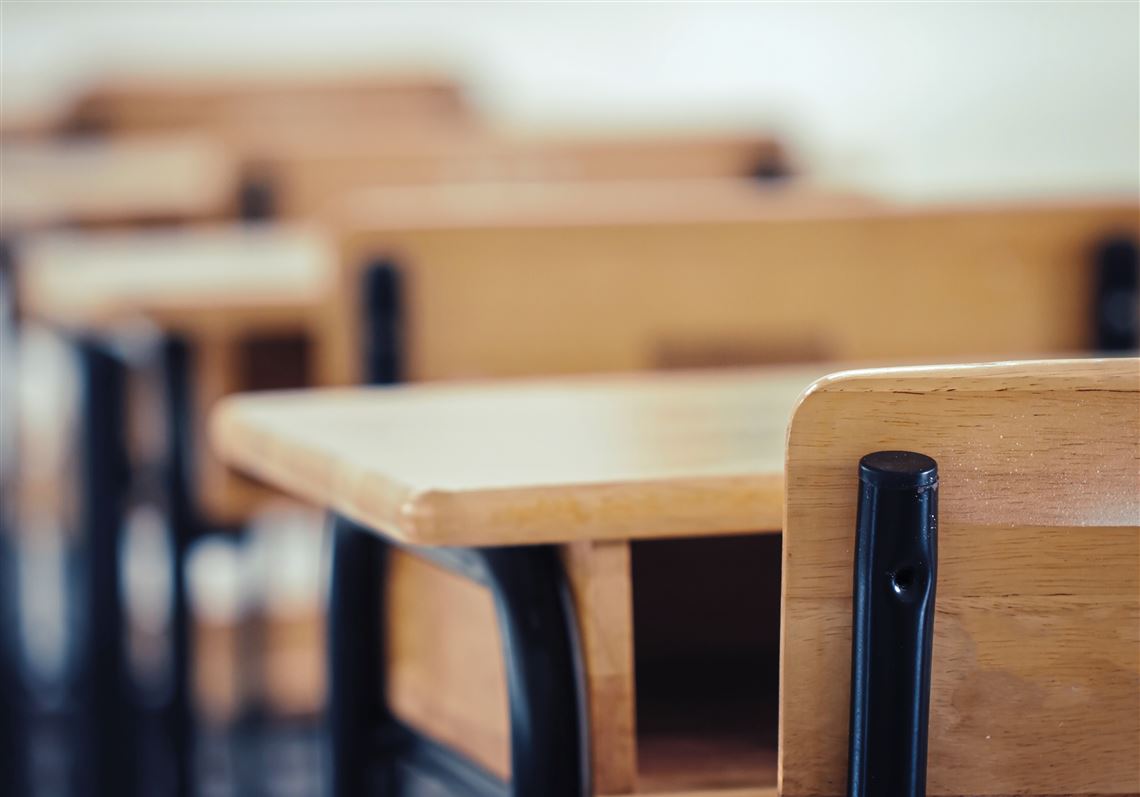We already know it is the responsibility of every one of us in Kitsap County to slow the spread of Covid-19. In this second column on the subject, I want to focus on the next steps for our community. The most effective nonpharmacological intervention within our reach is to close schools proactively for a lengthy time period. And in the next 800 words, I hope to convince our educators and the public.
Thus far, there are 457 confirmed cases of Covid-19, 31 deaths, and 4,350 negative tests for the disease. On March 12, Governor Jay Inslee took unprecedented steps to combat the spread of Covid-19 by banning public gatherings of more than 250 people and mandatorily closing 43 school districts in three counties: King, Pierce and Snohomish through April 24. This school ban affects 600,000 students, more than half of the students in the entire State of Washington. He made the right decision.
Social distancing, quarantine of ill contacts, and public gathering bans are known collectively as “nonpharmaceutical interventions” (NPI) but I will refer to them as “social distancing” moving forward. While not preventing a pandemic, these measures mitigate the spread of disease by delaying the peak in mortality rate, which reduces the cumulative death toll.
The best example to guide decision-making is the historical record of actions taken by U.S. cities during the Spanish Flu Pandemic of 1918-1919, in which 550,000 people in the United States died, and which was the deadliest contagious calamity this country has seen. The illness came in 3 different waves, starting in March 1918 and subsiding in the summer of 1919. (The timing of Covid-19 is a bit unnerving.)
The pandemic peaked in the U.S. during the second wave, in the fall of 1918, and was highly fatal. During the second wave and the early part of the third wave—between September 8, 1918 and February 22, 1919—43 cities instituted varying degrees of social distancing.
Studies have evaluated the impact of social distancing on mortality rates and time to peak death rate in various cities. The greatest reduction in mortality rates were achieved by those cities which closed schools and enacted public gathering bans. By doing both, the peak in death rates was delayed, which could spread out the impact of disease on an already-strained healthcare system. In Cleveland, social distancing measures were instituted 2 days before mortality began accelerating and it took 26 days for the peak to be reached. However, Boston did not institute these measures until two weeks after the death rate began accelerating and it took just 8 days to reach the peak in mortality. The death rate of the Spanish Flu in Boston was 57% higher than in Cleveland.
Community compliance with these measures matters also.
Public compliance with social distancing has also been shown to significantly impact the number of deaths during the influenza pandemic of 1918. In communities where compliance was high, the mortality rate was lower. Spokane residents cooperated with social distancing measures whereas in Portland, local officials disagreed with state-mandated school closure and disseminated an unclear message regarding social distancing. The death rate in Portland was 22% higher than in Spokane.
This discussion would not be complete without differentiating reactive and proactive school closures. Reactive occurs when a school closes after a student, parent, or staff member becomes sick. Reactive closures are effective; studies reveal that the cumulative infection rate is reduced by 15-25% and the peak in those infected is delayed by 2 weeks. A “proactive” school closure—closing down before a case occurs—has been shown to be one of the most powerful interventions that can be instituted, reducing the cumulative number of infections by as much as 40% and delaying the peak infection rate by 4 weeks or longer.
Closing schools in Kitsap County will be necessary. The question is not a matter of if, but when. Every day, parents drop off their children at school, teachers teach them, and children sit in the classroom, go out to recess, and share a lunchroom. The mixing of these “vectors of infection” only serves to increase the reach of Covid-19. There is no definitive data on proactive or reactive school closures from the influenza pandemic because the capability of diagnosing infections has changed in the last 100 years.
However, we do know that timing matters. The earlier these decisions are made, the better. In 1918, St. Louis closed the schools for 143 days, one day before the number of deaths began to accelerate. Pittsburgh closed the schools seven days after mortality began increasing rapidly. The overall death rate in St. Louis was one-third of the death rate in Pittsburgh.
While this decision is hugely disruptive to our education system and absolutely unprecedented, a proactive school closure appears to be the best way to protect the entire community. I empathize with the public health officials and educators tasked with making this difficult decision. This pandemic is no longer about how things should be, it is about how they are. If we do not adapt to this growing threat, many lives will be lost.
This weekend, our local Superintendents must ask themselves why they would not close the schools proactively. After all, if they already plan to close them once a student or staff member tests positive for Covid-19, then why not minimize the spread to our vulnerable community members while it can have the greatest impact?
